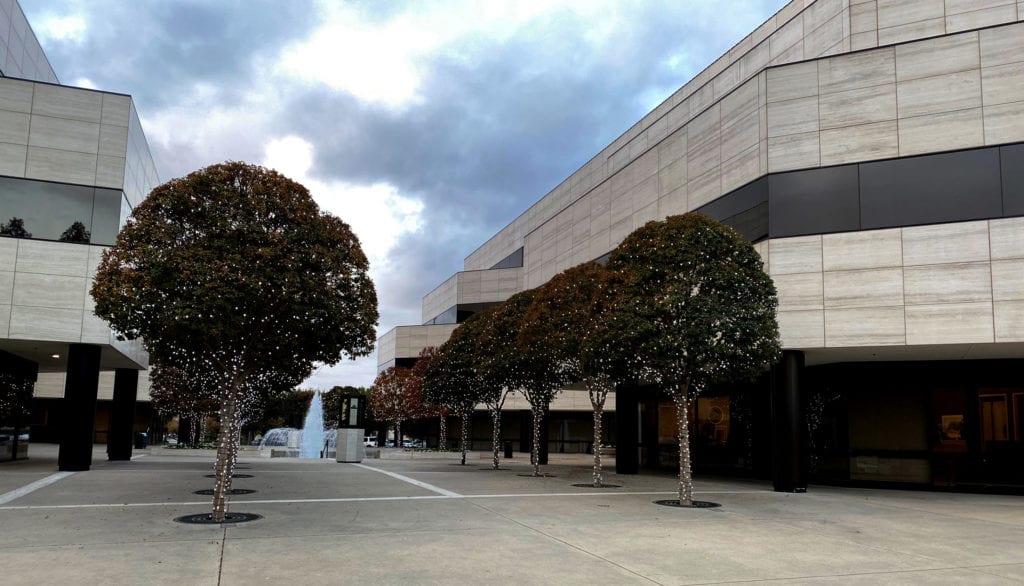California Court of Appeal, Third District — filed May 16 , 2025, certified for publication June 11, 2025
Why This Decision Matters
The published opinion in DPR Construction is a sharp reminder that Labor Code section 5502’s discovery cut‑off is jurisdictional. When either side—most frequently an applicant’s attorney (AA)—tries to slip non‑disclosed evidence into the record after the Pre‑Trial Conference Statement (PTCS) is locked, the Workers’ Compensation Appeals Board (WCAB) has no discretion to excuse the omission absent a documented showing of due diligence. If unlisted evidence is admitted over objection, the employer and carrier are entitled to seek annulment on writ review, as DPR successfully did.
What Happened in DPR Construction
- The applicant alleged a right‑shoulder injury while lifting lumber on July 25 2017.
- Two medical‑legal reports by Dr. Hanley, written before the Mandatory Settlement Conference (MSC), were not identified on the PTCS.
- At trial, applicant’s attorney asked the workers’ compensation judge (WCJ) to admit the Hanley reports. Defense objected, citing section 5502(d)(3).
- The WCJ overruled the objection and admitted the reports because the carrier had received them in discovery long ago.
- On reconsideration, a split WCAB panel called the error “harmless,” reasoning that the WCJ did not actually rely on the reports.
- The Court of Appeal disagreed, holding that admitting evidence absent from the PTCS is an excess of jurisdiction and not subject to harmless‑error analysis. The award was annulled and remanded.
Key Legal Points
- Section 5502(d)(3) Closes Discovery at the MSC.
Evidence not listed on the PTCS is inadmissible unless the proponent proves it “was not available or could not have been discovered by the exercise of due diligence” before the MSC. The burden is on the proponent, and the WCJ lacks power to waive the requirement simply because the opposing party had the documents in its possession. - No Harmless‑Error Escape Hatch.
The Court followed San Bernardino Community Hosp. v. WCAB (1999) 74 Cal.App.4th 928, rejecting any harmless‑error argument. Allowing undisclosed evidence undermines the statutory mandate to avoid surprise and to promote meaningful settlement discussions. - Credibility Findings Were Upheld—but Only Because Properly Admitted Evidence Supported Them.
The employer’s attack on the WCJ’s credibility determination failed. The Court reiterated that, when substantial evidence supports a credibility call and the WCJ explains the basis, section 5313 is satisfied. Yet that discussion would have been academic had the undisclosed reports been outcome‑determinative; their admission alone required annulment.
Practical Guidance for Claims Adjusters
1. Treat the PTCS as Your Trial Blueprint
- Verify—before the MSC—that every medical report, wage statement, prior claim file, and witness list you want introduced is handed to defense counsel for inclusion on the PTCS.
- Maintain a master exhibit checklist and circulate it internally the week before the MSC. Missing an item at this stage is not a clerical error; it is a fatal evidentiary defect.
2. Demand Adversarial Compliance
- If applicant’s attorney produces a document or seeks to add a witness after the PTCS is signed, object immediately and cite Labor Code section 5502(d)(3) on the record.
- Insist that applicant’s attorney make an offer of proof explaining why the evidence was genuinely undiscoverable earlier. Mere oversight or late strategy changes do not meet the statute’s due‑diligence standard.
3. Build a Written Record of Your Objections
- Lodging a timely objection is not enough; ensure the Minutes of Hearing and Summary of Evidence (MOH/SOE) reflect your opposition and the legal basis.
- If the WCJ admits the evidence, request a specific ruling explaining why the statutory bar is being set aside. This preserves the issue for reconsideration and potential writ.
4. Audit Incoming Medical‑Legal Reports
- When a Panel QME is replaced—or a treating physician issues a supplemental report—check whether earlier, superseded opinions still have potential relevance. If you might rely on them, list them.
- Conversely, monitor what applicant’s attorney lists. If an item was never produced in discovery, demand production well before trial and reserve the right to object if it surfaces late.
5. Synchronize with Defense Counsel Weekly
- Claims professionals often receive medical documents before counsel does. Forward everything immediately so counsel can decide whether to list or serve objections.
- Insist on a post‑MSC “lockdown email” confirming that no additional records have been received. If something surfaces later, revisit the statutory analysis together before trial.
When Applicant’s Counsel Tries to Break the Rules
Applicant’s attorney may argue that the defense “already had” the undisclosed document or that admitting it serves “substantial justice.” DPR Construction and San Bernardino slam that door shut. The WCJ must exclude the evidence unless the strict due‑diligence test is met. If the WCJ refuses:
- Object and cite section 5502(d)(3) and relevant case law.
- Request an offer of proof regarding due diligence.
- Seek a continuance only to avoid prejudice if exclusion is denied—but state that you maintain the statutory objection.
- Prepare a Petition for Reconsideration focused on the jurisdictional error, not the merits. Emphasize that harmless‑error analysis is unavailable.
- Escalate to writ proceedings if the WCAB upholds the admission. The Court of Appeal has made clear it will annul.
Conclusion
The message from DPR Construction could not be clearer: the PTCS is the evidentiary fence around trial. Any attempt to breach that fence—by either party—requires a documented explanation grounded in due diligence. For claims adjusters, rigorous pre‑MSC file review and real‑time coordination with defense counsel are the best tools to prevent late surprises and to protect the record on appeal.
Authored by Yrulegui & Roberts, California workers’ compensation defense counsel with offices in Fresno, Bakersfield, Salinas, Sacramento, Pasadena, and San Diego. This post is for educational purposes only and does not constitute legal advice.


